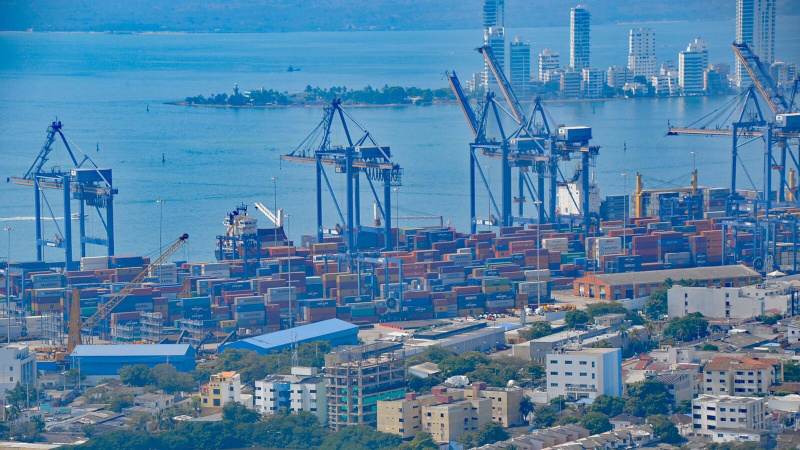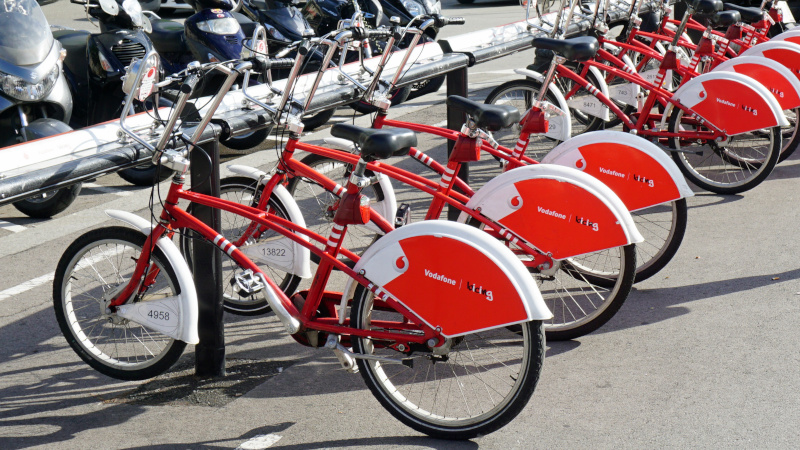Dr. Pere-Andreu Ubach, from the Civil and Environmental Engineering research group at CIMNE, this week defended the need to validate the effectiveness of inflatable breakwaters to minimize coastline erosion and promote the recovery of seagrass meadows.
Speaking for local station Canal Blau of the Garraf region (Barcelona), Dr. Ubach presented a new concept of inflatable breakwater developed at the International Centre for Numerical Methods in Engineering (CIMNE). The structure, formed by a collection of pneumatic polymer tubes anchored to the sea bottom, offers enhanced flexibility and reduced cost to protect vulnerable shorelines.
Unlike structural breakwaters, CIMNE's innovative solution can be used only during periods of rough weather to prevent the erosion of sandy beaches, minimising its environmental impact on natural sea currents and biodiversity when the water is calm.
In the interview, Dr. Ubach defended an “integral management of the coastline” to combat the escalating threat of coastline erosion. According to the civil engineer, this involves understanding “the geomorphological segmentation” of coastlines and “the interaction between natural processes and man-made structures”.
Dr Ubach is a member of the Coastal Working Group in Sitges, a seaside town some 20 km (20 mi) south of Barcelona, where researchers, environmental and local organizations, and public officials are seeking innovative solutions to prevent the gradual loss of coastline.
This working group is composed by members of the Demarcación de Costas, the Spanish entity overseeing the management of the coast, the Catalan Government's Direcció de Ports, representatives of the two larger harbours of Sitges (Port Ginesta and Port Aiguadolç), members of local and regional environmental organizations (Biodiversitat Sitges and APMA Garraf), and local associations advocating for the maintenance of the sand on the beaches (Salvem les Platges and Associació de Platges).
Listen to Dr. Ubach’s interview (in Catalan):









